The worst thing about North Dakota has to be its harsh winters.
Even so, US News and World Report have ranked it the best place to live in the United States at least twice in the last four years.
There are a lot of wide-open spaces and lots of small towns.
There are also lots of jobs available, plenty of opportunities, and a lower cost of living.
All of that adds up to a good quality of life.
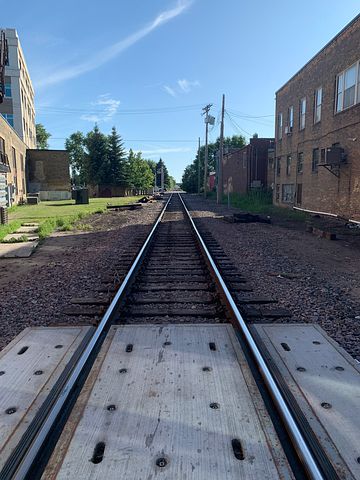
Contents
Pros of Living in North Dakota
1. Low unemployment
Unemployment is low across the nation, but North Dakota is among the leaders at 2.6 percent in 2022, and that was a 1.2 percent decrease from the height of Covid.
Over the last several years, North Dakota’s unemployment rate has been around two percent.
Energy, agriculture, and health care are the three main industries of employment in North Dakota.
Unemployment is so low that many companies have a hard time finding workers.
2. Housing costs are lower
On average, houses cost 12 percent less than the national average.
Apartment rentals are reasonable too, often as much as 30 percent below the national average for a two-bedroom apartment.
The median cost of a house is $235,000, which is slightly below the national average.
In very rural areas, houses can be found for much less than that, though they may be very isolated.
Earnings are just two percent below the national average, while housing is 12 percent less expensive, making it even less costly.
3. Lower cost of living
Things like groceries, utilities, and health care are all about 10 percent below the national average.
The cost of heating a home in winter is higher as you would expect, but cooling in summer is less costly.
The cost of automobile ownership is also about 25 percent below the national average.
North Dakota also has lower gasoline prices than many states.
4. Low taxes
North Dakota is a tax-friendly state both for businesses and for individuals.
The state income tax is just under three percent, one of the lowest.
The state income tax also only applies to the highest earners.
Property values are lower, and as a result, property taxes are also lower than average.
Sales taxes are the ninth-lowest at 4.25 percent.
North Dakota’s tax burden is at about eight percent, which is the 13th lowest in the nation.
There are also tax incentives for businesses to move to North Dakota.
5. Rural atmosphere
North Dakota has only one city with more than 100,000 people and only nine towns with more than 8,000.
As much as 90 percent of the state is made up of farming and ranching operations, as well as some mining.
There is virtually no traffic congestion anywhere.
If you want a peaceful lifestyle and wide-open spaces, North Dakota might be a great place for you.
6. Friendly people
The land is open and rugged, and maybe it is because people have survived tough winters, but most people in North Dakota are helpful to new people and generally friendly.
The word Dakota is a Native American word meaning Friend.
It is called the Peace Garden State in a nod to its large botanical garden.
“North Dakota Nice,” is a phrase residents use to describe themselves.
7. Great food
Every state has its food specialties.
North Dakota has a lot of German, Norwegian, and Native American influences in its cuisine, which is often hearty.
There is a casserole called a “hot dish” that is a traditional dish used to warm you up on a cold winter night.
There are a lot of cattle in this state, and as a result, some of the best steaks you will find anywhere are in North Dakota. Steaks from Bison are also popular here.
8. Lower crime rate
North Dakota did see a slight rise in its crime rate in 2021, but the state is still below the national average.
Violent crime was at 3.3 crimes per 1,000 people, and the national average is 4.0.
A slight increase in property crime put the rate at 20 per 1,000 people, and that is at the national average.
Several smaller towns have less than one violent crime per year, and sometimes they do not have one for a whole year.
The town of Hazen, population 2300, has had only one violent crime in the last three years.
Cons of Living in North Dakota
1. Harsh Winters
Winter seems to last forever here, and it does stay very cold for months.
All four seasons are represented, but winter stands out.
It is common to have 10 days or more in a row where the temperature does not get up to zero, let alone freezing.
There is also a lot of wind, and the wind chill often gets to dangerous levels.
There is also a lot of snow.
There can be snow on the ground for 2-3 months straight.
There has been snow recorded every month except July and August.
North Dakota averages 38 inches of snow, which is the 13th most in the nation.
2. Isolation
There are a lot of small towns around the state, and some of them are remote.
Even if not, they are far apart.
Getting from one town to another will take a long time driving through wheat fields and less-than-inspiring scenery.
It can get tedious.
Roads are basically good as long as they are not blocked by snowfall.
Still, interstates do not cover much of the state.
You will face a lot of time driving on two-lane highways.
Any large city is several hours away by car, and airports are regional in nature.
3. There is not much going on
This can be a positive for some people, but if you like a more active lifestyle, you may be disappointed.
There is hunting, fishing, hiking, cross-country skiing, and so forth, but beyond that, there is not a lot to do.
Fargo and Bismarck have some urban amenities, and beyond those two towns, you may struggle to find much activity.
You have to find a way to make your own entertainment here.
If you want exciting city life, North Dakota may not be the place you want.
4. Lack of diversity
Culturally, there is not much going on as far as opera, art, or live music.
Options there are very limited.
There is not much ethnic diversity either.
More than 90 percent of the population is white.
You may have a hard time finding Mexican restaurants, for instance.
The job market is good, but there is not much diversity there either.
Agriculture and energy production are where almost all the opportunity is.
5. Wildlife and bugs
You can see a lot of wildlife in North Dakota, but it can be dangerous if you are not careful.
There are Bison, Moose, and Deer, and at times they are out on the highway.
They are known to attack if they feel threatened.
There are also rattlesnakes in the prairie grass that can attack if they are surprised or feel threatened, such as being stepped on.
There are also a lot of mosquitos, ticks, and other insects that can be a nuisance.
6. Housing
Housing costs in North Dakota are a positive, so it is strange in a way, but you may have trouble finding housing.
There are just not enough houses in many cases, but that has not made prices go up much.
Mostly because of the energy boom in recent years, there has been an influx of workers, and that has made housing harder to find.
7. Crime in Fargo
Overall, the state has a low crime rate, but the biggest city in the state, Fargo, with a population of 120,000, has a lot of crime.
It has a violent crime rate of 4.65 per 1,000, which is higher than the national average of 4.0, and the state average of 3.2.
Rape cases were more than twice the national average for any city of any size.
Fargo averages .86 rapes per 1,000, while the national average is .38 per 1,000.
It also has a higher rate of assaults than the national average.
8. Low population density
With slightly more than 11 people per square mile, North Dakota is the fourth least densely populated state in the nation.
The state takes a more rural approach than an urban approach to development.
This is great for people who love the outdoors and wide-open spaces.
It is a little harder for people who like being around a lot of people.
The lower population density could keep the state from utilizing all its natural resources and slow economic development.
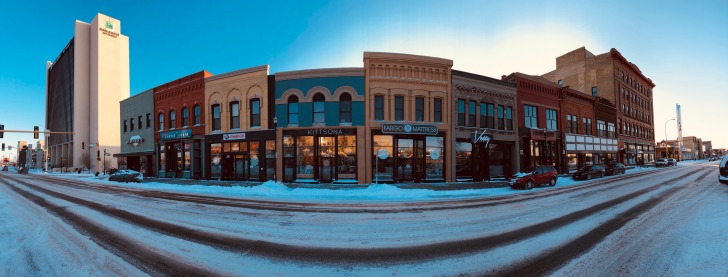
Pros and Cons of Living in North Dakota – Summary Table
| Pros of Living in North Dakota | Cons of Living in North Dakota |
|---|---|
| 1.Low unemployment | 1. Harsh Winters |
| 2. Housing costs are lower | 2. Isolation |
| 3. Lower cost of living | 3. There is not much going on |
| 4. Low taxes | 4. Lack of diversity |
| 5. Rural atmosphere | 5. Wildlife and bugs |
| 6. Friendly people | 6. Housing |
| 7. Great food | 7. Crime in Fargo |
| 8. Lower crime rate | 8. Low population density |
North Dakota Safety Overview
READ THE FULL REPORT: North Dakota Safety Review
Safety Index:
- OVERALL RISK: LOW
- TRANSPORT & TAXIS RISK: MEDIUM
- PICKPOCKETS RISK: LOW
- NATURAL DISASTERS RISK: LOW
- MUGGING RISK: LOW
- TERRORISM RISK: LOW
- SCAMS RISK: LOW
- WOMEN TRAVELERS RISK: LOW
Frequently Asked Questions
How cold is North Dakota really?
Including Alaska, four of the coldest 10 cities in the nation are located in North Dakota.
Based on average minimum temperatures, Grand Forks is the second coldest city in the nation, followed by Williston and Fargo to round out the top four.
Bismarck comes in at No. 8.
Neighboring states of South Dakota and Minnesota account for five of the 10 coldest cities.
What are some records for the coldest cities in the state?
The coldest ever recorded was 60 below zero in the town of Parshall in 1936.
Williston has reached below 50 twice.
Bismarck reached below 40 at least three times.
Several towns went eight straight days below zero in 2019.
The town of Minot was among them, and Minot holds the record of 15 days below zero in 1936.
What effect has oil had on North Dakota?
Oil and gas have made many people wealthy in North Dakota.
Traditionally, it has not been a wealthy state.
In 2010 there were 9,000 millionaires, and by 2021 there were almost 20,000 millionaires.
In 2019, there was one billionaire in the state.
What is North Dakota historically famous for?
Teddy Roosevelt hunted in what is known as the Badlands in 1883, and that eventually became Teddy Roosevelt National Park.
It was here that he became an ardent conservationist.
What are the most common crops in North Dakota?
As much as 90 percent of the state is in agriculture.
North Dakota is second only to Kansas as far as winter wheat production.
It leads the nation in growing Durum wheat, which is used to make pasta.
It also leads the nation in barley, sunflower seeds, and flaxseed.
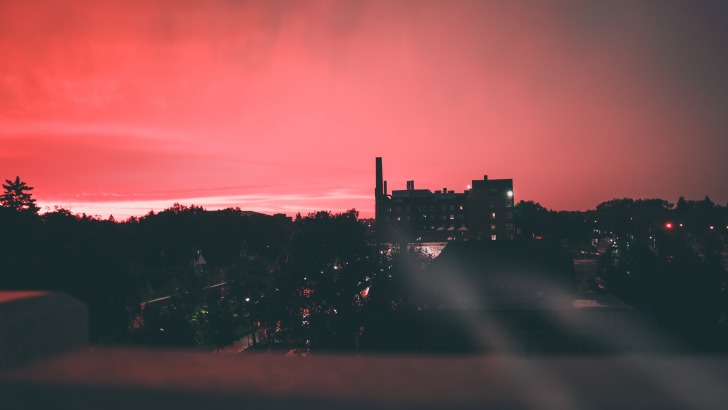
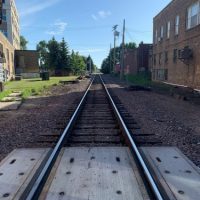
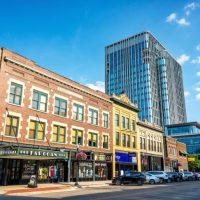
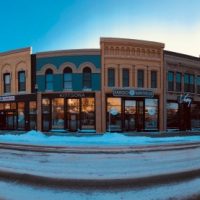
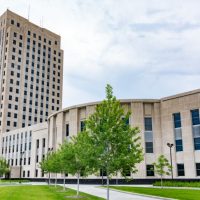
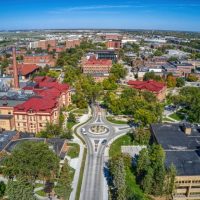
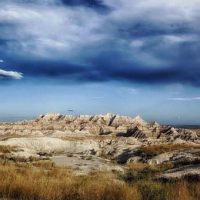





I lived in ND for 12 years and my kids grew up there. I’m Asian and yes most people are white and most were not friendly…
I lived in Dickinson which was pretty populated. Nothing much to do and was hard to find Asian groceries…
I had to go to Bismarck just to get some.
Winter is harsh and very cold…
My kids went to school there and love the snow and sliding down the hills…
As for me, I never want to go back there .not missing the cold and harsh winter
Winters are harsh in North Dakota more so in almost any other part of the US, it’s the only reason I can say don’t move here, but other than that, it’s a bit of a racist place, if you are not white, you will feel it.